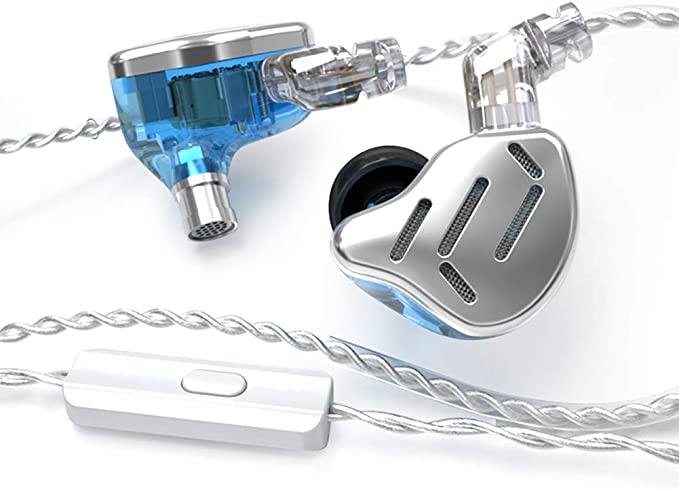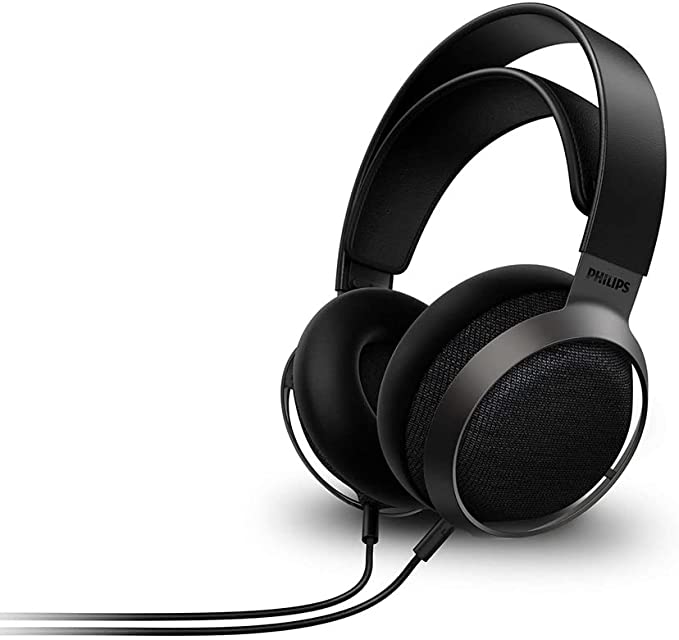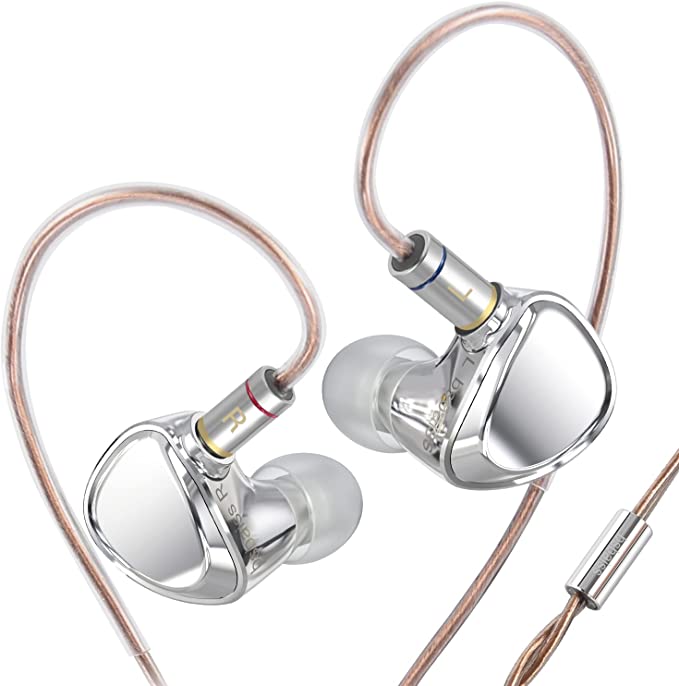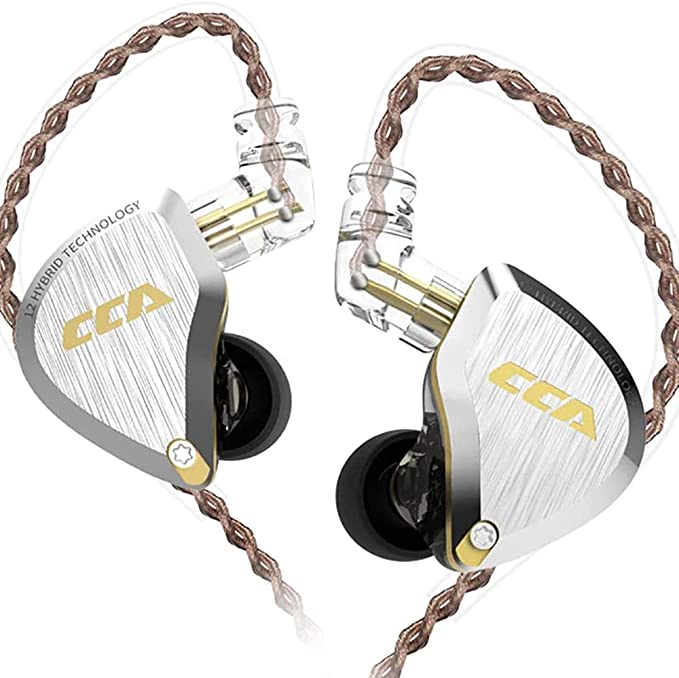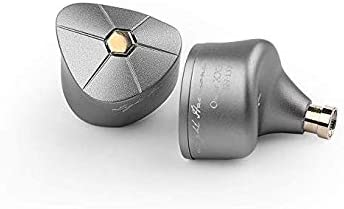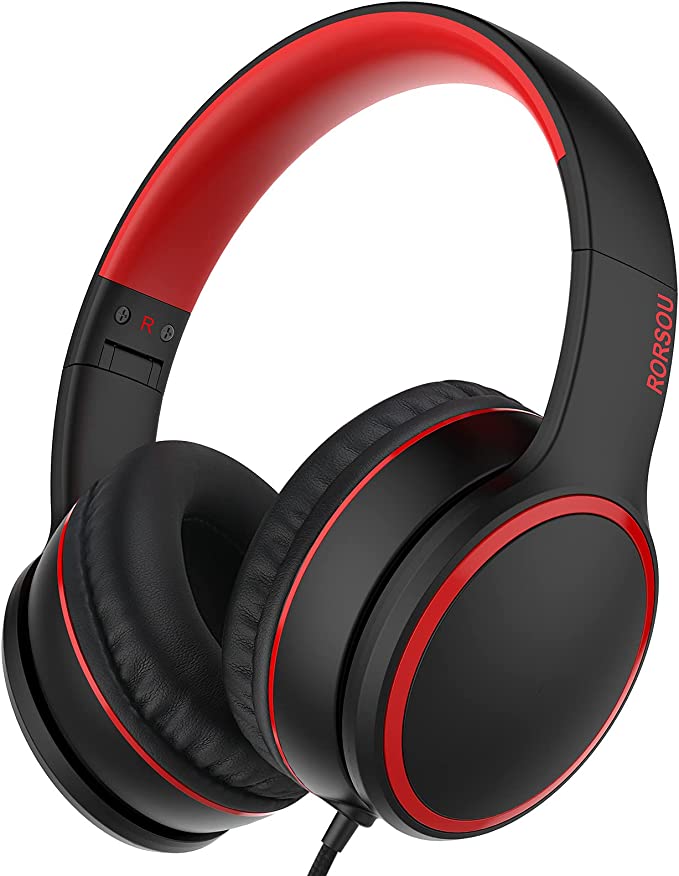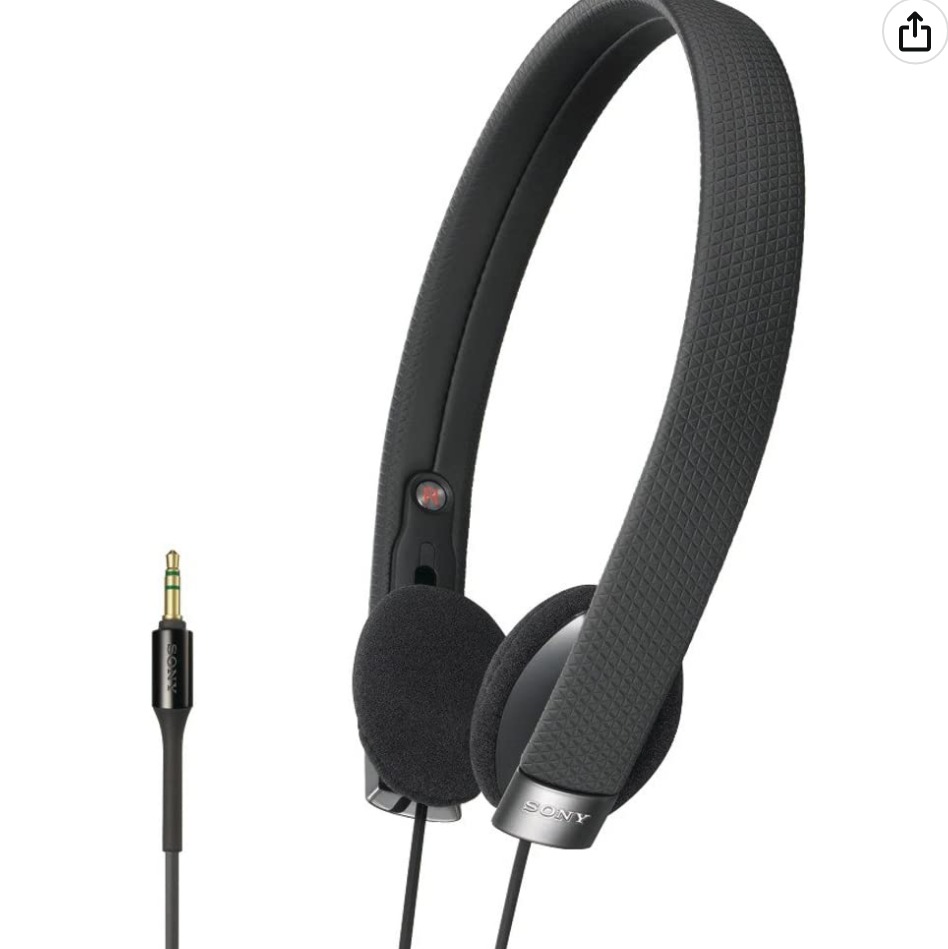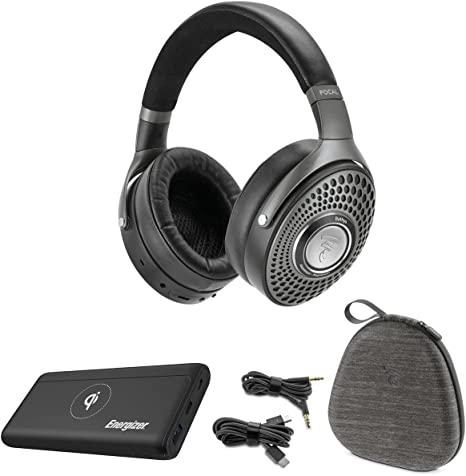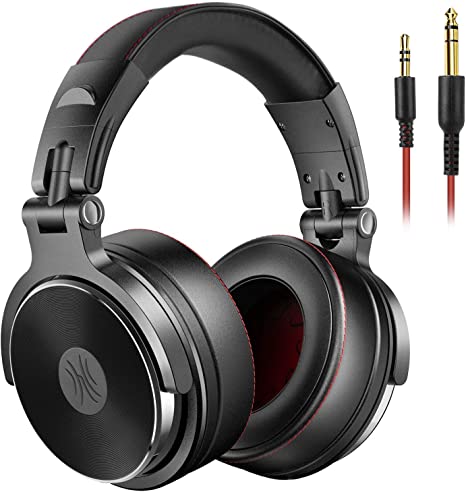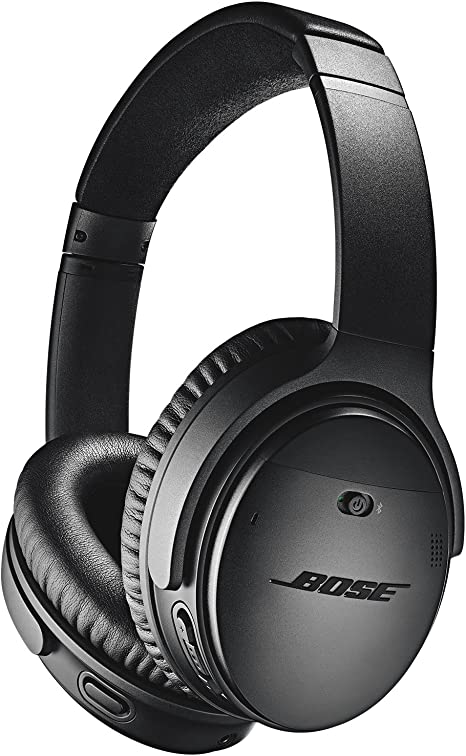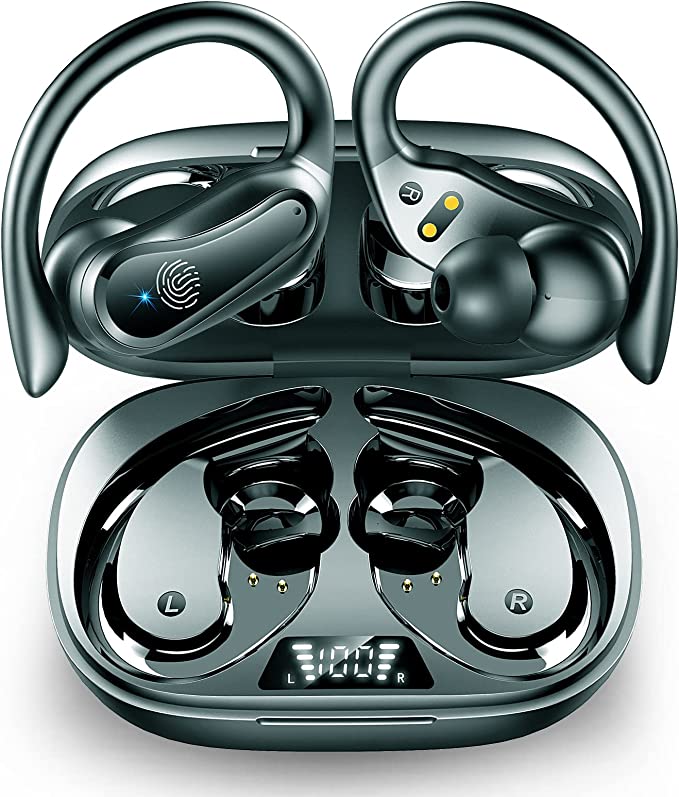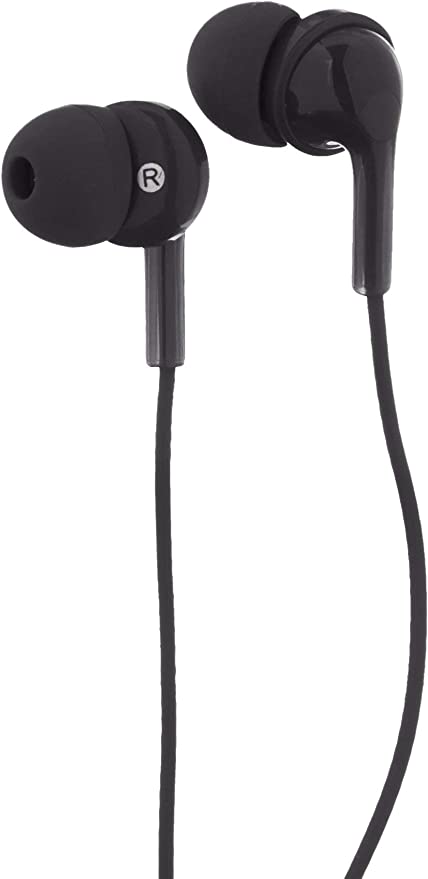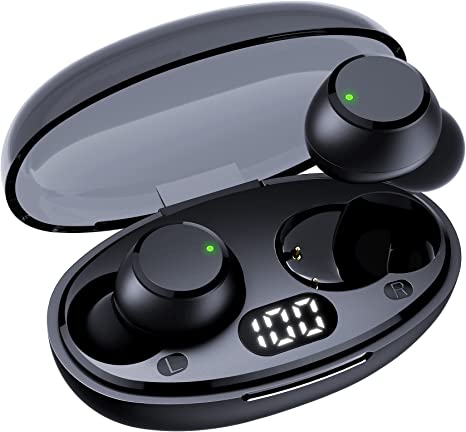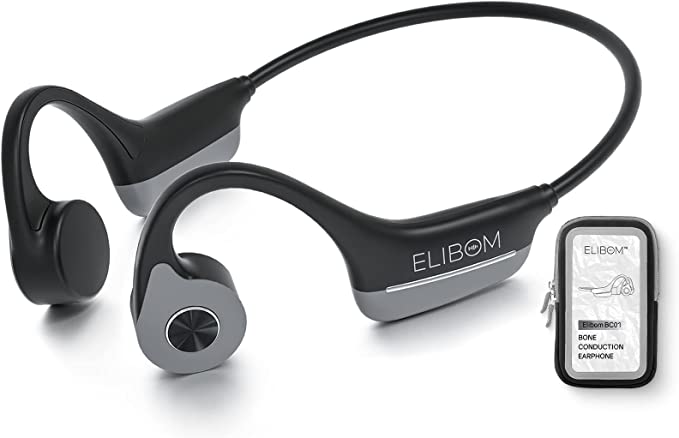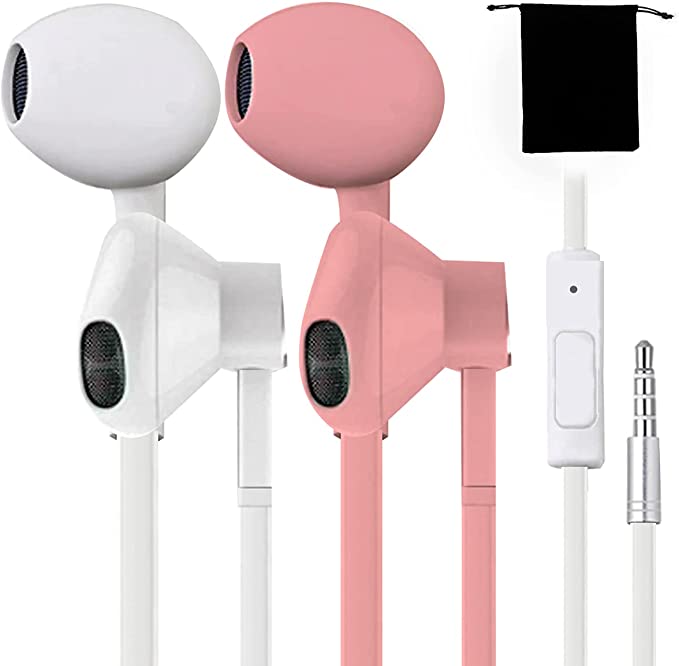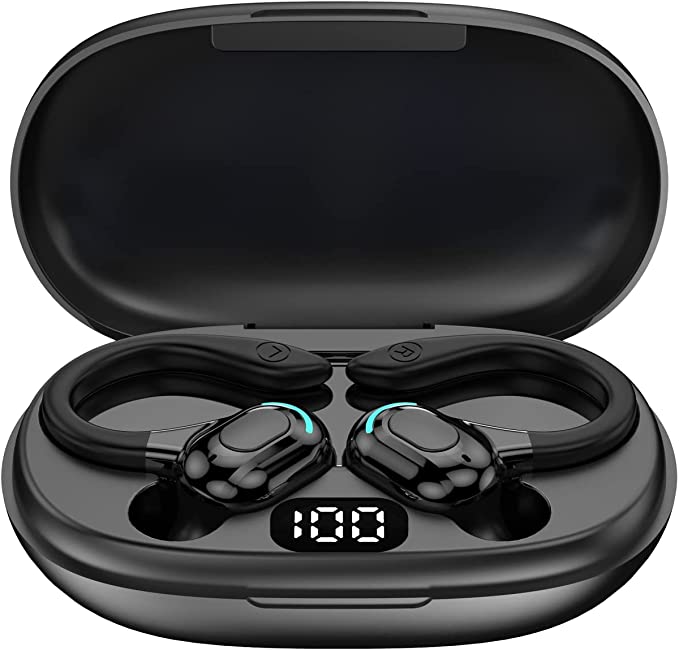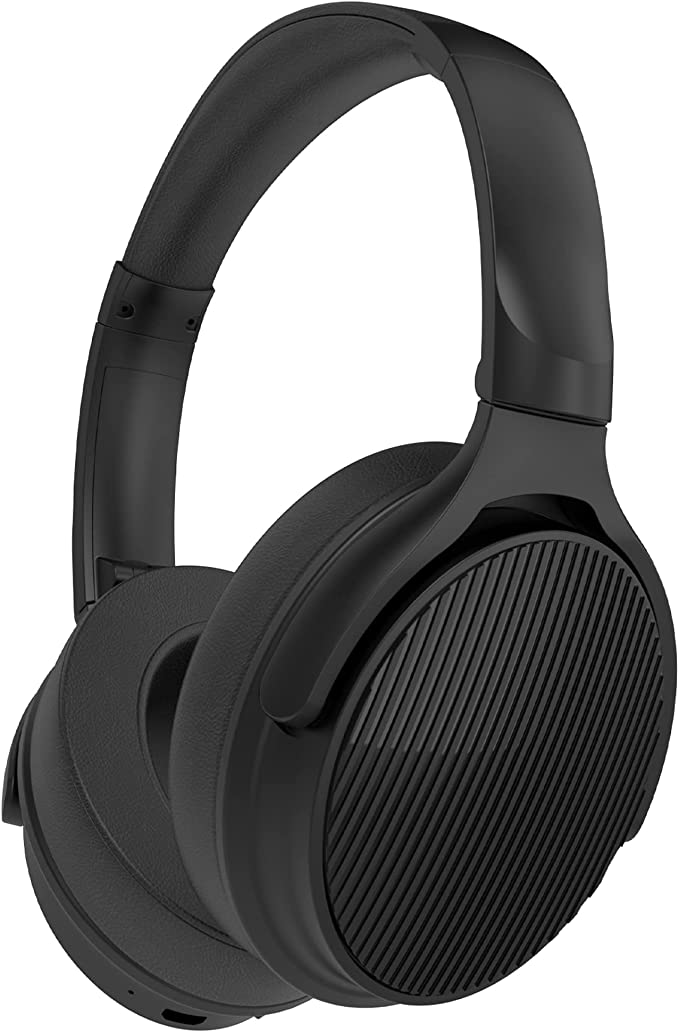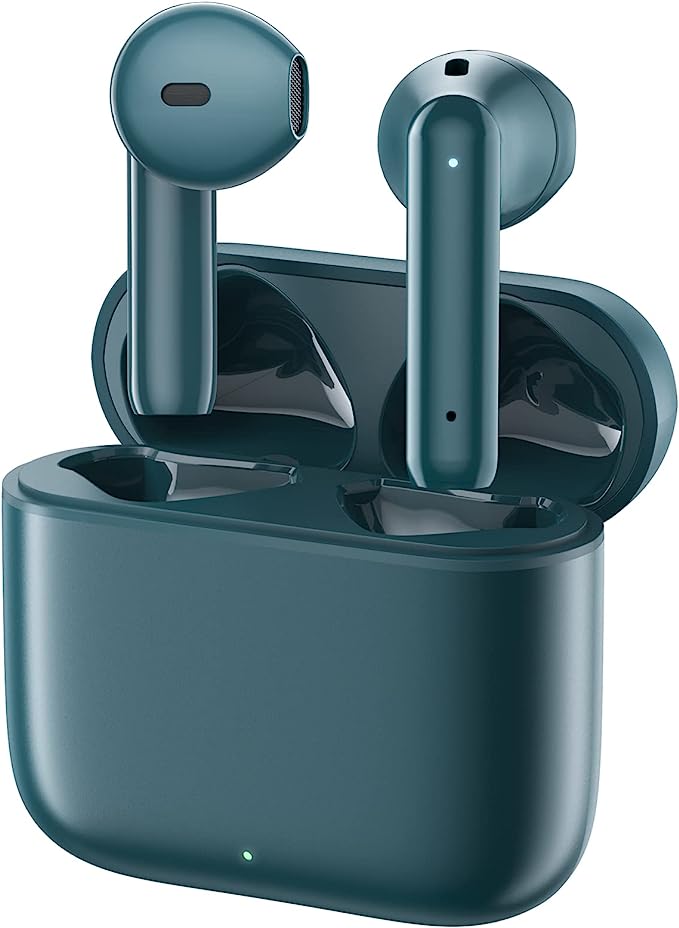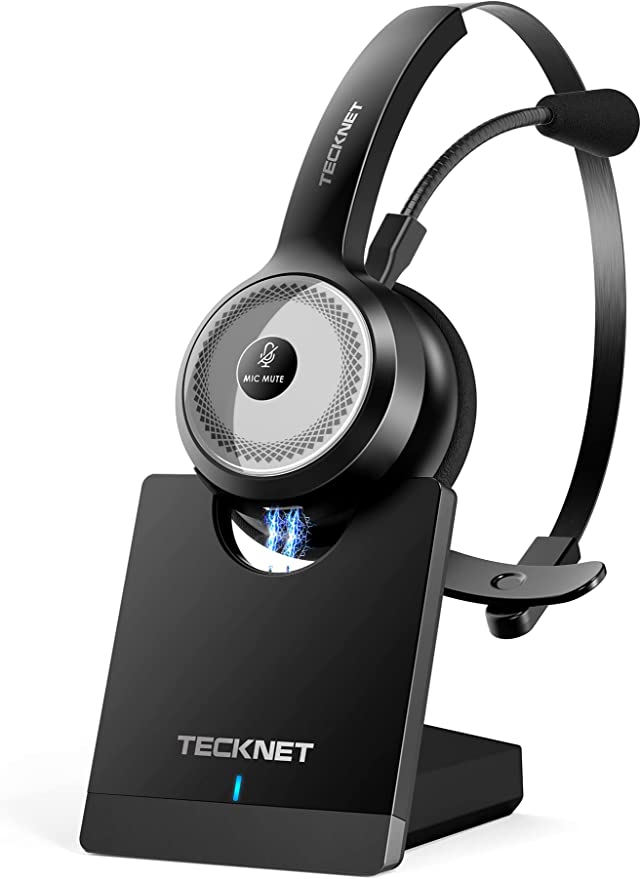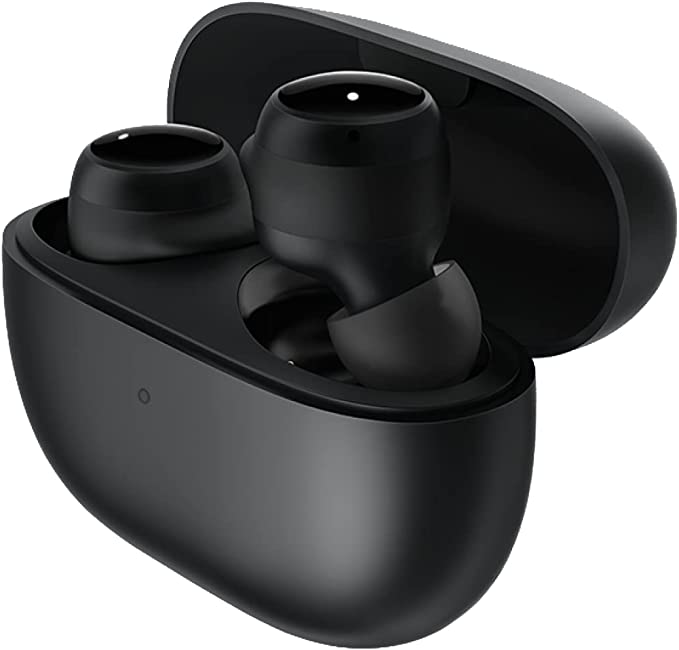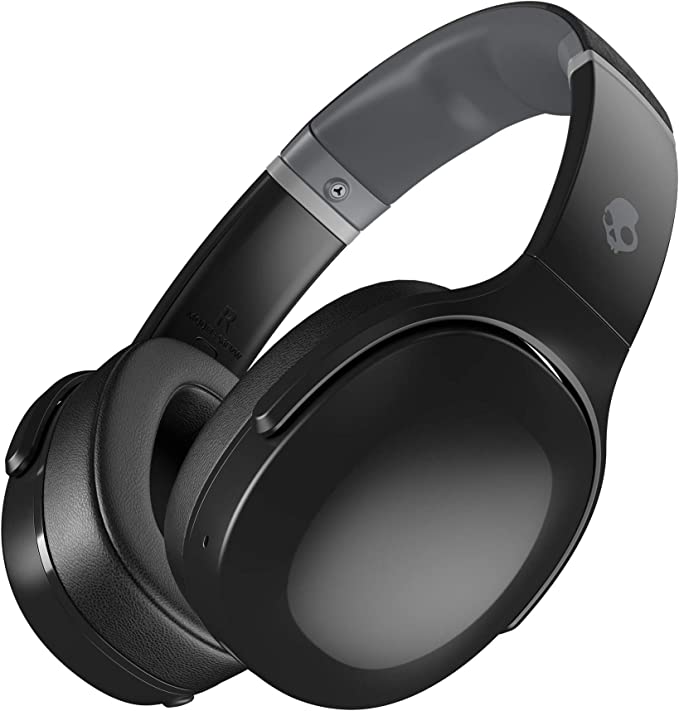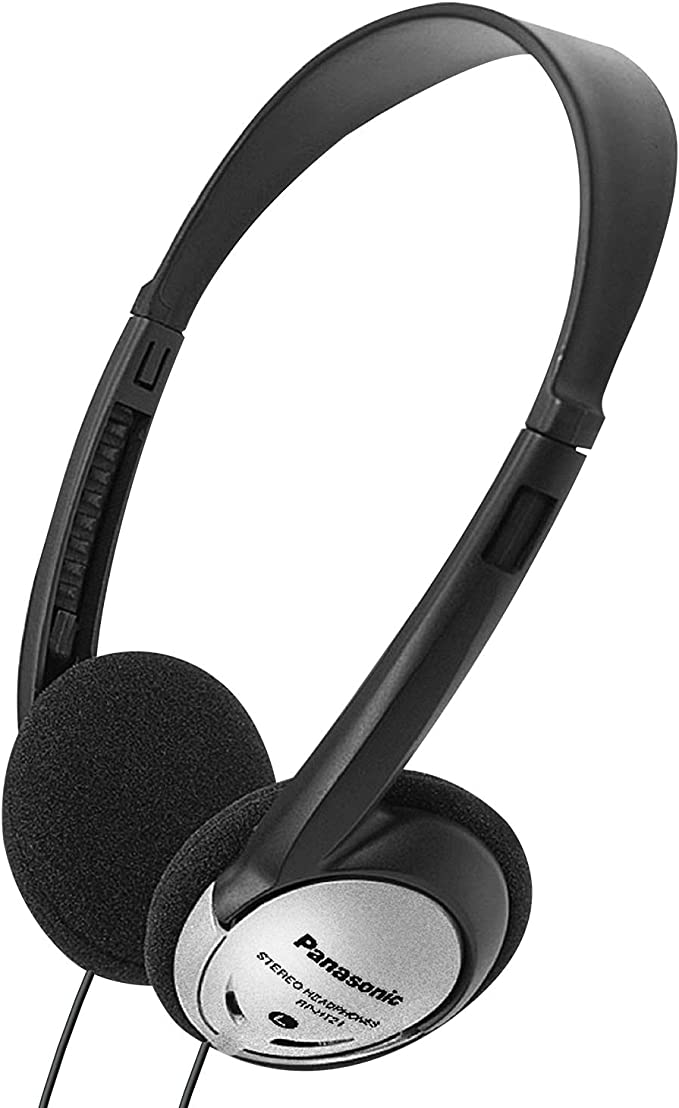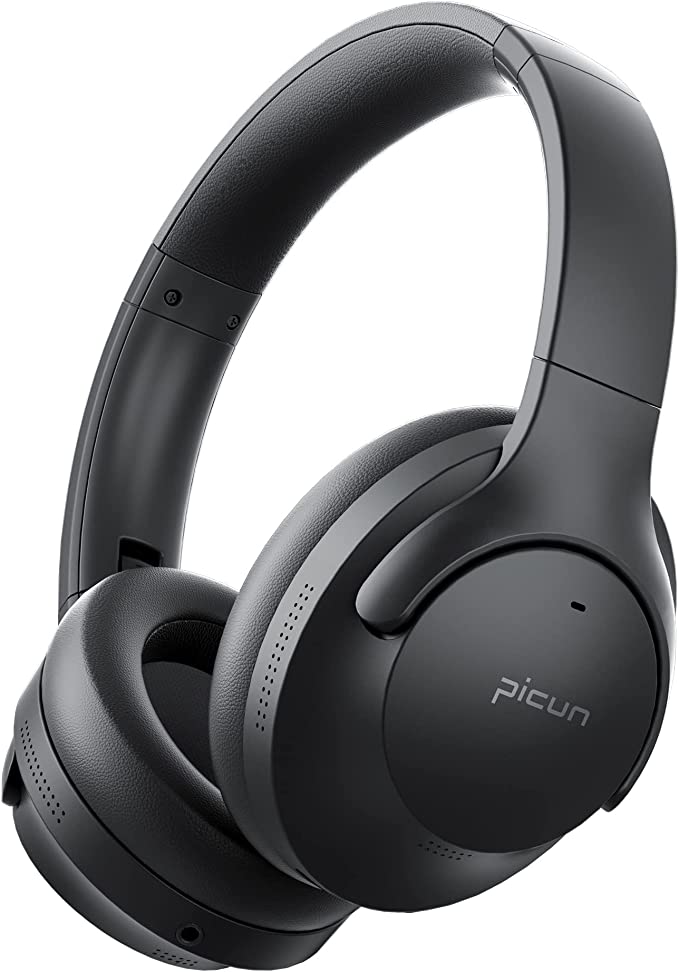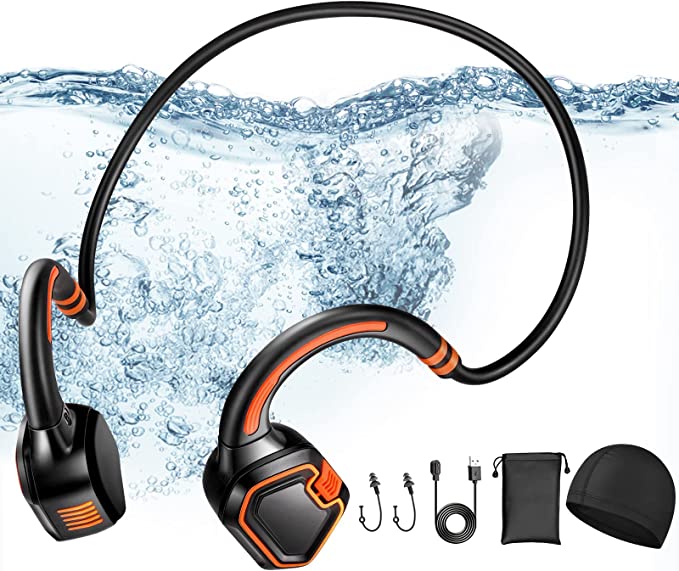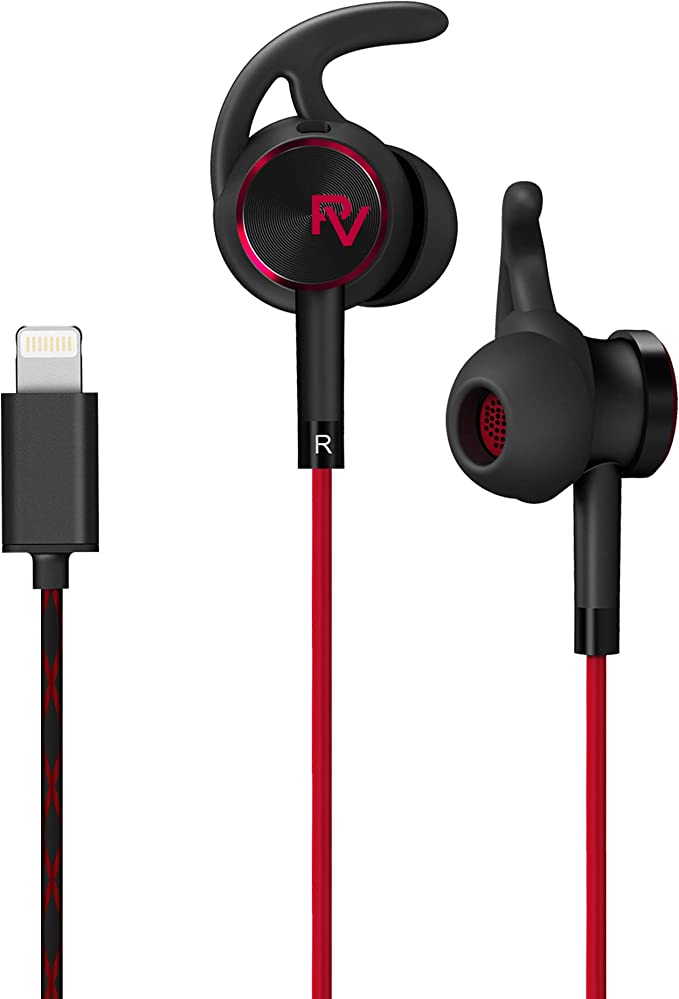Light Harmonic Stella IEMs: Unveiling the Science of Sound
Update on Feb. 19, 2025, 7:56 a.m.
A Quest for Sonic Perfection: The Evolution of In-Ear Listening
The pursuit of perfect sound reproduction has been a long and fascinating journey. From the earliest phonographs to today’s sophisticated digital audio systems, engineers and music lovers have constantly striven to recreate the live musical experience with ever-increasing fidelity. In-ear monitors (IEMs), a relatively recent development, represent a significant step forward in this quest, offering a level of intimacy and detail that was previously unimaginable. They’ve evolved from simple earpieces used by telephone operators in the late 19th century to the sophisticated, high-fidelity devices we have today. The development of miniature, high-performance drivers, coupled with advances in materials science and acoustic engineering, has made it possible to deliver truly exceptional sound quality in a remarkably small package.

The Limits of Traditional IEMs: Understanding the Challenges
Despite their advantages, traditional IEM designs often face several inherent challenges. One of the most significant is resonance. Just like a bell rings when struck, the internal components of an IEM can vibrate at certain frequencies, creating unwanted sound coloration and distortion. Another challenge is maintaining phase coherence. This refers to the precise timing of different frequencies reaching your ear. If some frequencies arrive slightly delayed, the sound can become smeared and lose its clarity and definition. Finally, integrating different types of drivers (like dynamic and balanced armature drivers) seamlessly can be difficult, leading to inconsistencies in the sound signature.
Sound Science 101: Waves, Frequency, and the Human Ear
To understand how IEMs work, we need a basic grasp of sound itself. Sound travels in waves, and the frequency of these waves – how many times they vibrate per second – determines the pitch we hear. Low frequencies correspond to bass notes, while high frequencies correspond to treble. Our ears are remarkably complex instruments, capable of detecting a wide range of frequencies and subtle variations in sound pressure. The outer ear funnels sound waves into the ear canal, where they vibrate the eardrum. These vibrations are then transmitted through tiny bones in the middle ear to the cochlea, a fluid-filled structure in the inner ear. Within the cochlea, thousands of tiny hair cells convert these vibrations into electrical signals that are sent to the brain, where they are interpreted as sound. This is a vastly simplified explanation, of course, but it highlights the incredible sensitivity and complexity of human hearing.

Power and Precision: Dynamic vs. Balanced Armature Drivers
IEMs typically use one of two types of drivers, or sometimes a combination of both:
- Dynamic Drivers: These are essentially miniature loudspeakers. They use a diaphragm attached to a voice coil, which is suspended in a magnetic field. When an electrical current passes through the coil, it creates a magnetic force that moves the diaphragm, producing sound waves. Dynamic drivers are known for their powerful bass response and relatively robust construction. Think of them as the “workhorses” of the audio world.
- Balanced Armature (BA) Drivers: These drivers use a tiny reed-like armature that is balanced within a magnetic field. When an electrical current passes through a coil wrapped around the armature, it causes the armature to pivot, moving a small diaphragm. BA drivers are known for their speed, accuracy, and detail, particularly in the mid and high frequencies. They are often described as being more “analytical” than dynamic drivers. Imagine them as the “precision instruments” of the audio world.
The Light Harmonic Stella: A Fusion of Art and Engineering
The Light Harmonic Stella IEM represents a sophisticated approach to overcoming the limitations of traditional IEMs. Inspired by Vincent van Gogh’s masterpiece, Starry Night, the Stella’s aesthetic design hints at the artistry within. But the true innovation lies in its carefully engineered components and their synergistic interaction. The Stella employs a hybrid design, combining the strengths of both dynamic and balanced armature drivers to achieve a balanced and detailed sound signature.

Inside the Stella: Deconstructing the Technology
Let’s delve into the core technologies that make the Stella stand out:
Conquering Resonance: The Hexagon Back Sound Chamber (HBSC)
Imagine shouting inside a small, enclosed space. Your voice would echo and reverberate, creating a muddled and unclear sound. This is similar to what can happen inside a poorly designed IEM housing. Unwanted vibrations and reflections – resonance – can color the sound, reducing clarity and detail. Light Harmonic’s patent-pending Hexagon Back Sound Chamber (HBSC) is specifically designed to combat this problem. The hexagonal shape, inspired by nature’s own efficient designs (think honeycombs), is inherently strong and rigid. This rigidity, combined with the specific geometry of the chamber, helps to break up and dissipate standing waves, minimizing resonance. The result is a “quieter” internal environment, allowing the drivers to perform optimally, delivering a cleaner, more accurate sound.
The Material Matters: Copper Alloy Acoustic Damping (CAAD)
The materials used in an IEM’s construction play a crucial role in its sonic performance. The Stella utilizes a Copper Alloy Acoustic Damping (CAAD) system, featuring a specially shaped copper alloy stem. Copper alloys, known for their density and damping properties, are excellent at absorbing unwanted vibrations. Think of it like the shock absorbers on a car – they smooth out the ride by absorbing bumps and vibrations. In the Stella, the CAAD system helps to control resonances, particularly in the high frequencies, resulting in a smoother, more refined treble response. The specific shape and internal design of this copper alloy stem are crucial for achieving the desired acoustic effect.
Harmonious Integration: Enhanced Semi-Dual Diffuser (ESDD) Technology
Combining dynamic and balanced armature drivers is a delicate balancing act. Each driver type has its own strengths and weaknesses, and simply putting them together doesn’t guarantee a good result. Light Harmonic’s Enhanced Semi-Dual Diffuser (ESDD) technology is designed to ensure that these different drivers work together seamlessly, creating a cohesive and unified sound signature. ESDD acts like a sophisticated traffic controller for sound waves, guiding and blending the output of the drivers to create a smooth transition across the frequency spectrum. This avoids the sonic “seams” that can sometimes be heard in poorly designed hybrid IEMs.
Timing is Everything: The Zero Phase Error Crossover Circuit
In a multi-driver IEM, a crossover circuit is used to divide the audio signal, sending different frequency ranges to the appropriate drivers (bass to the dynamic driver, mids and highs to the balanced armature drivers). However, a poorly designed crossover can introduce phase errors. Imagine two runners in a relay race: if the baton exchange isn’t perfectly timed, the team loses precious seconds. Similarly, if different frequencies arrive at your ear at slightly different times, the sound becomes smeared and loses its precision and imaging. The Stella’s Zero Phase Error Crossover Circuit is meticulously engineered to minimize these phase errors. Using high-precision components, like Vishay MMCU resistors and low-ESR capacitors, the circuit ensures that all frequencies arrive at your ear in perfect synchronization. The result is a remarkably clear, detailed, and spatially accurate soundstage.
Solid Connection: MMCX Connector
The Stella features a detachable cable design utilizing the widely used MMCX (micro-miniature coaxial) connector. This type of connector provides a secure, snap-fit connection, allowing for easy cable replacement or upgrades. It’s a robust and reliable connection, however, like all mechanical connections, it is important to detach and connect with care to maximize product life.
Crafting the Sound: Beryllium Diaphragms and the Pursuit of Clarity
The Stella’s 9mm dynamic driver utilizes a diaphragm made of beryllium. Beryllium is an exceptional material for audio applications due to its unique combination of properties: it’s incredibly light, stiff, and strong. This allows the diaphragm to move quickly and precisely, responding to the audio signal with exceptional accuracy. A lighter diaphragm requires less energy to move, resulting in improved efficiency and reduced distortion. The stiffness of beryllium helps to prevent the diaphragm from flexing and distorting at high frequencies, contributing to the Stella’s clear and detailed treble response.
Beyond the Drivers: The Importance of a Secure Fit
No matter how sophisticated the internal technology, an IEM can’t deliver its full potential without a proper seal in the ear canal. The Stella comes with a variety of medical-grade silicone and foam ear tips in different sizes. Achieving a good seal is crucial for two reasons: first, it blocks out external noise, allowing you to hear more detail in your music; and second, it ensures optimal bass response. A leaky seal will result in a thin, anemic sound. Experimenting with the different ear tips to find the best fit for your ears is essential.
The Stella Listening Experience: What to Expect
Based on the Stella’s design and the reported experiences of early listeners, we can paint a picture of its expected sonic signature. Expect a sound that is remarkably clear and detailed, with a well-defined soundstage. Instruments should be easily distinguishable, each occupying its own space in the sonic landscape. Vocals are likely to be prominent and natural-sounding, with excellent articulation. The bass, while not overly emphasized, should be tight, controlled, and well-integrated with the rest of the frequency spectrum. The overall presentation is expected to be smooth and non-fatiguing, making it suitable for extended listening sessions. This makes it a good choice for a wide range of musical genres, particularly those that benefit from detail and clarity, such as acoustic, classical, jazz, and vocal-centric music.
Unlocking the Full Potential: Source and Amplification
While the Stella is designed to perform well with a variety of sources, pairing it with a high-quality Digital Audio Player (DAP) or a dedicated DAC/amplifier will allow it to truly shine. A good source will provide a clean, low-noise signal, allowing the Stella to reproduce the full dynamic range and detail of your music. High-resolution audio files (such as FLAC or WAV) will also reveal the Stella’s capabilities more fully than compressed formats like MP3.
Caring for Your Investment: Maintaining Your Stella IEMs
Like any precision instrument, the Stella requires proper care and maintenance to ensure optimal performance and longevity. Avoid exposing the IEMs to extreme temperatures or humidity. After each use, wipe them down with a soft, dry cloth. If earwax buildup occurs, carefully clean the nozzles with an appropriate cleaning tool (often included with IEMs). Store the IEMs in their protective case when not in use.
Conclusion: A New Standard in In-Ear Audio?
The Light Harmonic Stella represents a significant advancement in in-ear monitor technology. By combining innovative engineering, high-quality materials, and a deep understanding of acoustic principles, Light Harmonic has created an IEM that delivers an exceptional listening experience. While the bass response is described as accurate and well-defined, it’s worth noting that those who prioritize a heavily emphasized bass might find it slightly less pronounced compared to some other IEMs. However, for listeners who value clarity, detail, and a natural, balanced sound, the Stella offers a compelling combination of performance and artistry. It is a testament to the ongoing quest for sonic perfection, and a worthy addition to any audiophile’s collection.

